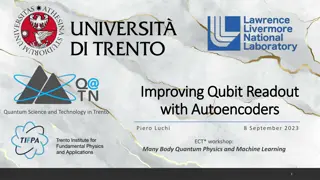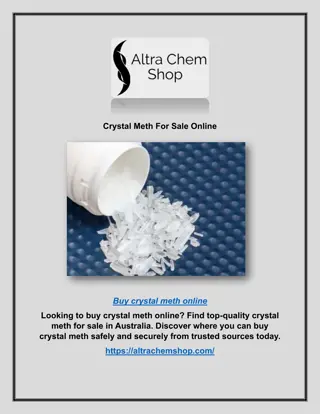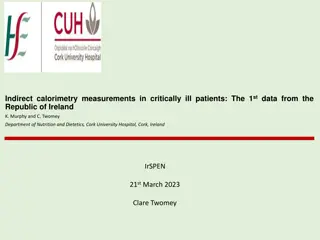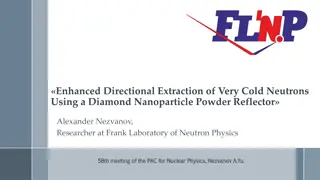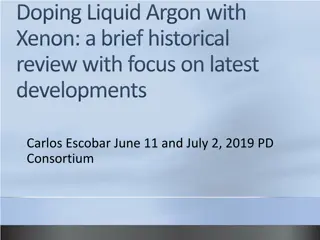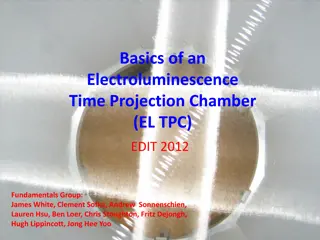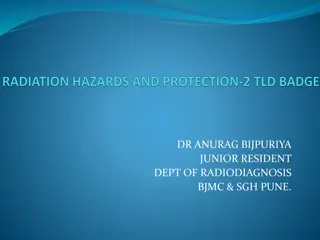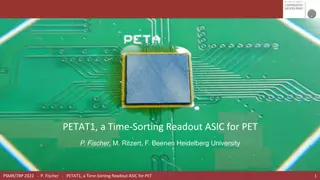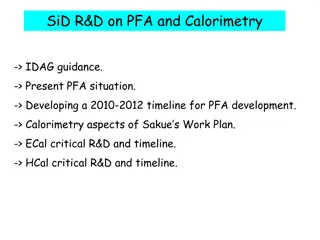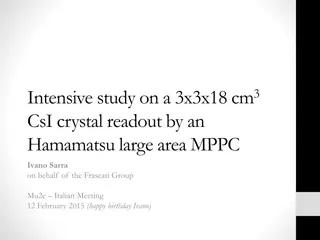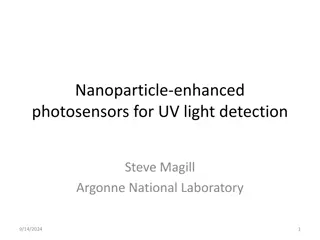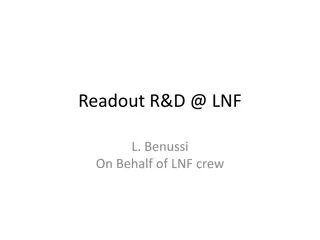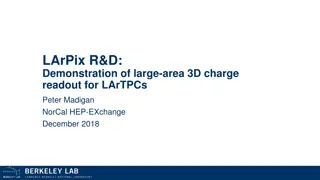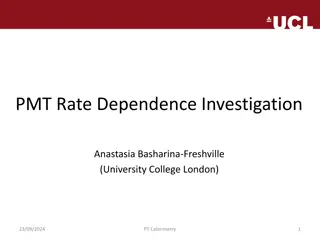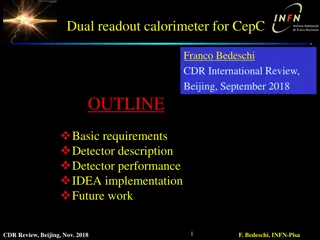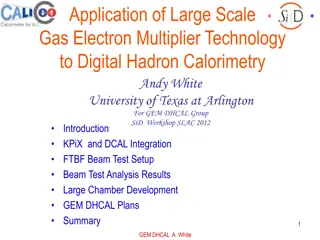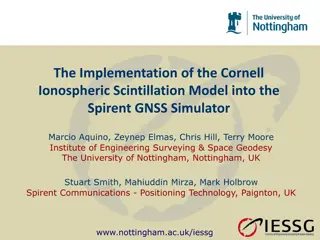Nanoparticle-Enhanced Readout for Crystal Calorimetry: BaF2 Scintillation Detection
Nanoparticles with specific absorption and emission properties are explored to enhance the readout process for BaF2 crystal calorimetry, focusing on detecting the fast 220nm UV component. The goal is to achieve a large Stokes shift to the visible wavelength range for efficient detection, while minimizing absorption beyond 250nm. Quantum confinement effects in nanoparticle materials are considered, along with strategies for achieving the desired absorption and emission characteristics. Experimental tests with selected nanoparticles are conducted to optimize their performance in crystal calorimetry applications.
Download Presentation

Please find below an Image/Link to download the presentation.
The content on the website is provided AS IS for your information and personal use only. It may not be sold, licensed, or shared on other websites without obtaining consent from the author. Download presentation by click this link. If you encounter any issues during the download, it is possible that the publisher has removed the file from their server.
E N D
Presentation Transcript
Nanoparticle-enhanced readout for crystal calorimetry Detection of 220 nm (UV) fast component of BaF2 scintillation Nanoparticle type that absorbs 220 nm emission Preferably little absorption >250 nm (filtering and/or blocking of 300 nm component) Large Stokes shift to visible wavelength range for detection BaF2 Xtal Nano candidate simulation Absorption, then Stokes shift over slow component -> no sensitivity in this region Nano candidate data Thin Samples Combined: UV Absorption Stokes shift Vis Emission Thick Sample S.R. Magill Argonne National Laboratory
Nanoparticle Wavelength Shifting Quantum Confinement changes material properties when particle size < electron wavelength Eg increases with decreasing particle size -> UV photon absorption Discrete energy levels form at the band-edges Stokes Shift is difference between absorption and emission wavelength Emission wavelength decreases with decreasing size 9/14/2024 2
BaF2 Crystal Readout Mu2e Upgrade Fast components (195, 224 nm) - Decay time ~1 ns Slow component (250 -> 400 nm) - Decay time ~650 ns SiPM peak sensitivity (425 nm) Absorption, then Stokes shift over slow component to sensor no sensitivity for slow component! 9/14/2024 3
Absorption/emission of candidate nanoparticle Absorption: strong < 250 nm weak > 250 nm Emission: 300 nm < < 600 nm Stokes Shift: ~200 nm peak-to-peak 9/14/2024 4
Candidate nanoparticle for BaF2 Readout Little absorption for wavelengths >250 nm 224 nm emission of BaF2 absorption peak of nanoparticle Overlap of slow component and nanoparticle emission: 1) wave-shift to longer wavelength, or 2) resin coating on the SiPM 9/14/2024 5
Tests of selected nanoparticles Tested a nanoparticle sample made at UTA by mixing nanoparticles in UV-transparent grease (DOW-Corning) Compare blue, purple it appears that passing through more nanoparticles helps small reduction in the peak at 220 nm and a larger reduction in the signal > 245 nm. Nano/grease+ Thin sample -> determine the amount of nanoparticles in the grease by optimizing the 220/300 ratio for maximum rejection of light >250 nm. Nano/grease++ -> Ratio of 220/300 for purple (thick) sample is ~2/1 Thick sample 9/14/2024 6
Nanoparticle-enhanced Night Vision From ScienceDaily . . . and Deer Bats Scan The Rainforest With UV-Eyes Bats from Central and South America that live on nectar from flowers can see ultraviolet light (Nature, 9 October 2003). There is little light at night. But compared to daylight, the colour spectrum is shifted towards short, UV-wavelengths. Interestingly, bats achieve an absorption efficiency in the UV bandwidth of nearly 50 percent of their photoreceptors major peak of absorbance (alpha-band). This is nearly five times the value expected from in-vitro measurements of beta-band absorption in rhodopsin molecules. Whether this indicates a novel mechanism for light perception in the bats eye that is still unkown for mammals remains open. -> High efficiency for UV absorption is a characteristic of quantum confinement in nanoparticles Bat eye rods are coated with nanoparticles!? Ratio N%/0% LaF3:Ce . . . and now Us! UTA LaF3:Ce nanoparticles in transparent polycarbonate (contacts) Enhancement for 10% LaF3:Ce: 230 nm < < 390 nm 7 Wavelength (nm)



